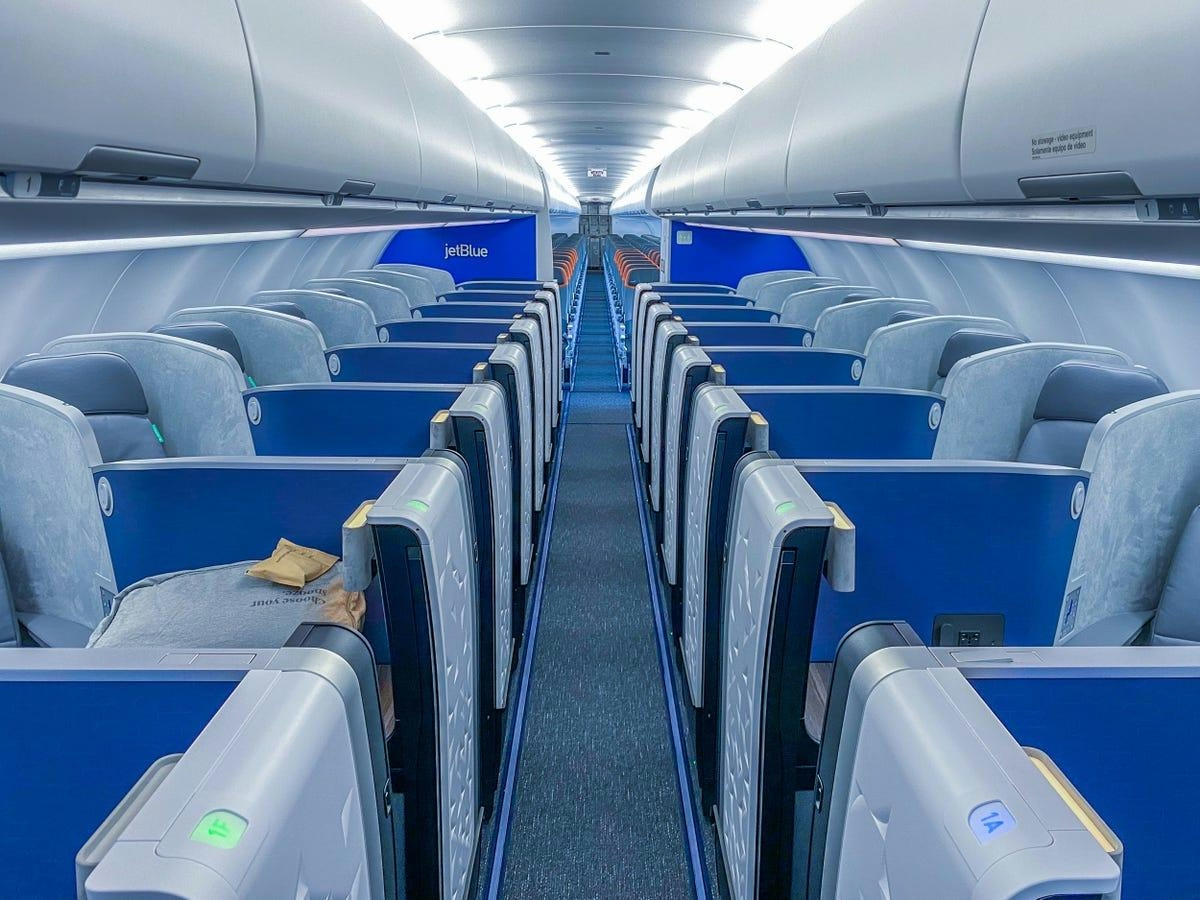
AeroGenie — Seu copiloto inteligente.
Tendências
Categories
Automation, AI, and Robotics Discussed at International Airport Summit 2025
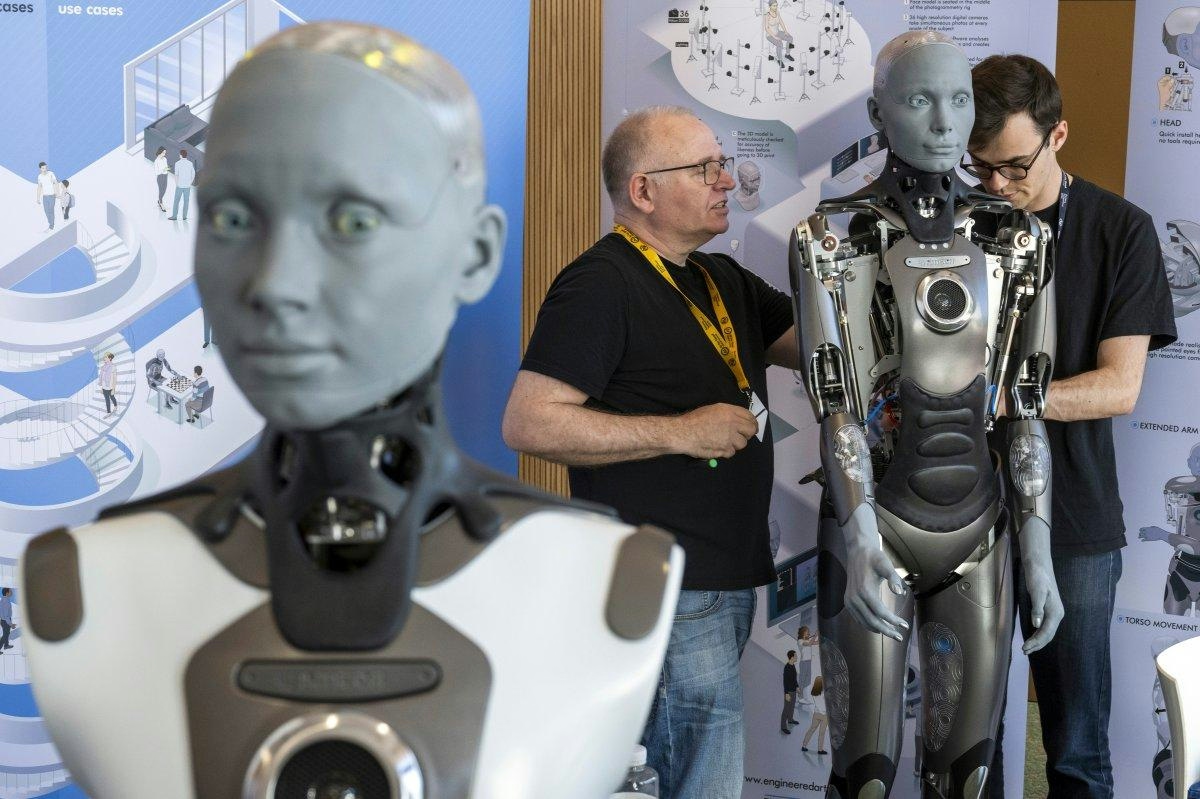
Automation, AI, and Robotics Take Center Stage at International Airport Summit 2025
As the aviation industry accelerates its transformation to meet the demands of modern air travel, automation, artificial intelligence (AI), and robotics have emerged as central themes at the International Airport Summit 2025 in Berlin. Over the course of two days, global industry leaders convened to examine how these technologies are enhancing operational efficiency, improving passenger experiences, and addressing workforce challenges, while also grappling with the complexities of integrating advanced digital systems on a large scale.
Transforming the Passenger Experience Through Technology
The summit commenced with a panel sponsored by Veovo titled “WOW every passenger,” featuring representatives from Miami International Airport and King Salman International Airport Development Company. The discussion underscored how automation, AI, and robotics are revolutionizing the passenger journey, introducing innovations such as robotic snack deliveries and intelligent queuing systems. The session highlighted a fundamental shift in airport operations, portraying airports not merely as transit points but as intelligent ecosystems designed to offer more engaging and personalized travel experiences.
A fireside chat with the Head of Digital from Noida International Airport further explored the adoption of biometric technologies, focusing on the transition toward document-free travel using facial recognition as a primary form of identification. This development reflects a broader global trend aimed at streamlining airport processes, enhancing both the speed and security of passenger movement through terminals.
Addressing Workforce Challenges with Robotics
On the second day, attention turned to the practical deployment of robots and autonomous systems in response to persistent workforce shortages. The panel titled “The robots are coming!” featured senior executives from Fraport and other key players, who discussed how automated baggage handling and AI-enhanced security systems are filling critical operational gaps. The conversation emphasized that robotics are no longer futuristic concepts but are actively integrated across airport environments—from the tarmac to terminals and behind the scenes—reshaping the nature of human-machine collaboration.
Enhancing Operational Efficiency Without Infrastructure Expansion
Several sessions focused on optimizing airport operations without the need for costly physical expansion. Experts from Bangalore International Airport, Searidge Technologies, and NATS convened to discuss AI-powered turnaround solutions, predictive analytics, and computer vision technologies that unlock hidden airside capacity. Complementing this, the session “Realising the digital airside” presented digital twins, Internet of Things (IoT) tracking, and AI-driven insights as critical tools for improving resilience and operational performance in increasingly complex airport environments.
Predictive Maintenance and Disruption Prevention
Another key highlight was the session “AI that sees the future,” which showcased the application of predictive maintenance through real-time monitoring of temperature, vibration, and energy consumption data. This approach enables airports to forecast potential failures in critical systems before they occur, thereby minimizing downtime, enhancing passenger satisfaction, and improving cost efficiency.
Challenges and Industry Responses
Despite the promising advancements, the summit also addressed significant challenges associated with the adoption of automation and AI. Concerns remain regarding workforce displacement, the high initial costs of implementation, and the difficulties of integrating new technologies with existing airport infrastructure. Market reactions have been mixed, with some stakeholders expressing skepticism about the long-term benefits of these innovations, even as sectors such as logistics and agriculture continue to adopt them rapidly.
In response, industry competitors are intensifying investments in research and development, forging strategic partnerships to bolster technological capabilities, and navigating regulatory frameworks to ensure compliance and market readiness. As the aviation sector embraces this digital transformation, the summit provided a vital forum for balancing innovation with practical considerations, shaping the trajectory of future air travel.
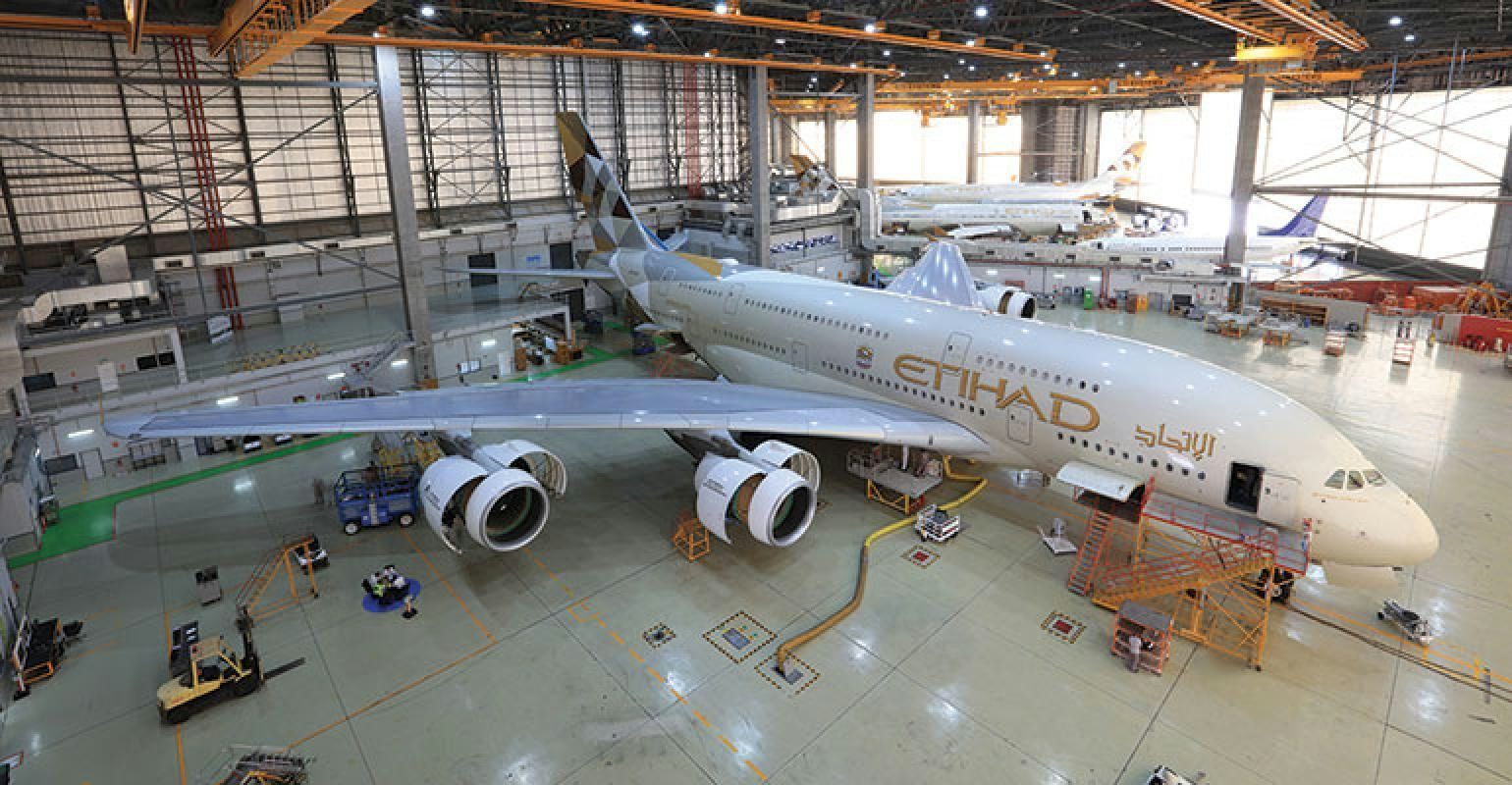
Etihad Airways’ Airbus Widebody Expansion Supports UK Manufacturing

Boeing’s Progress on 777X Production
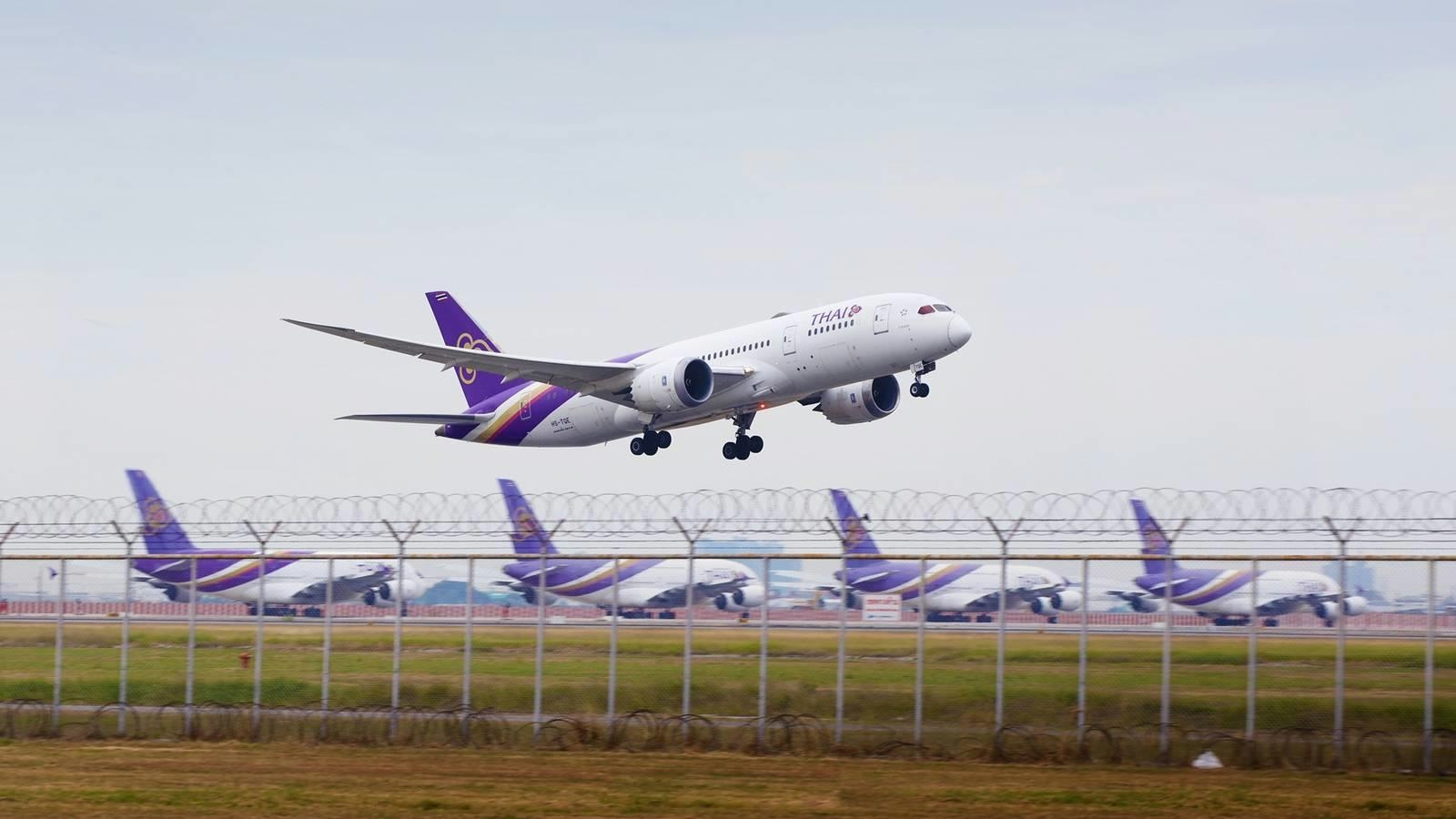
Thai Airways seeks more widebodies to develop its hub strategy
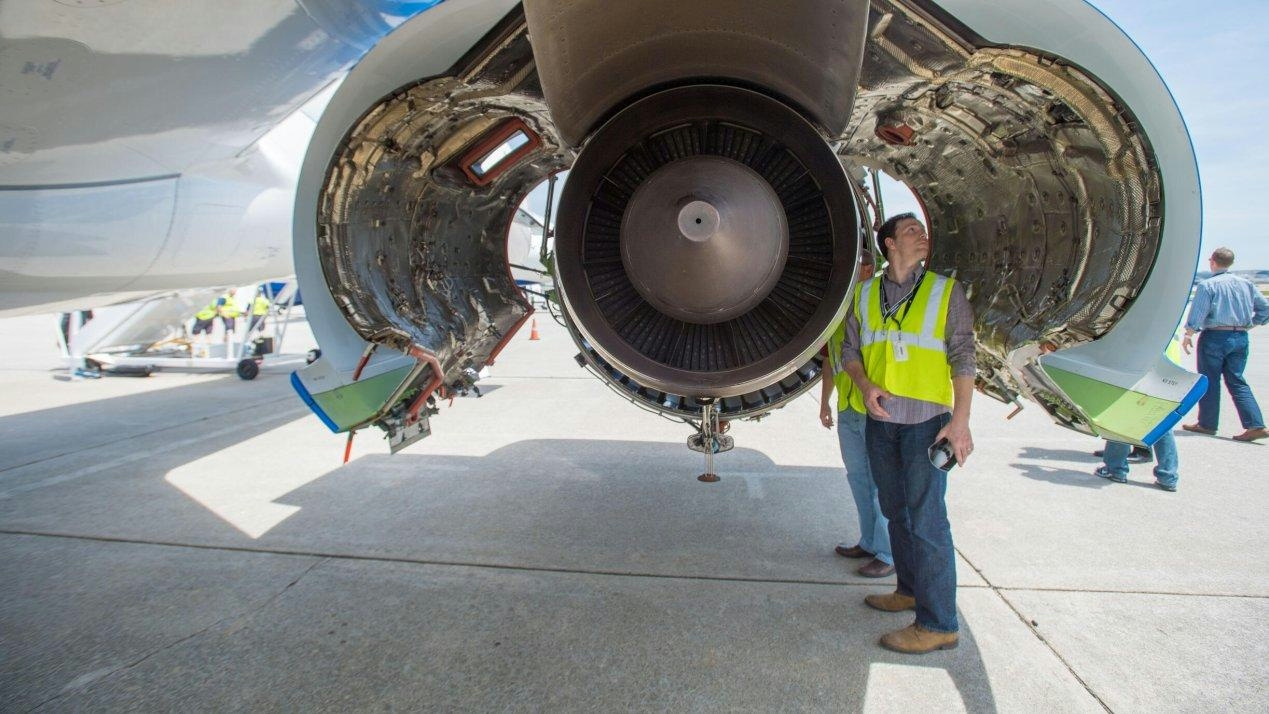
Engine Shortages Pose Major Challenge for Airbus A220

TLC Jet to Acquire Private Aviation Operator Privaira
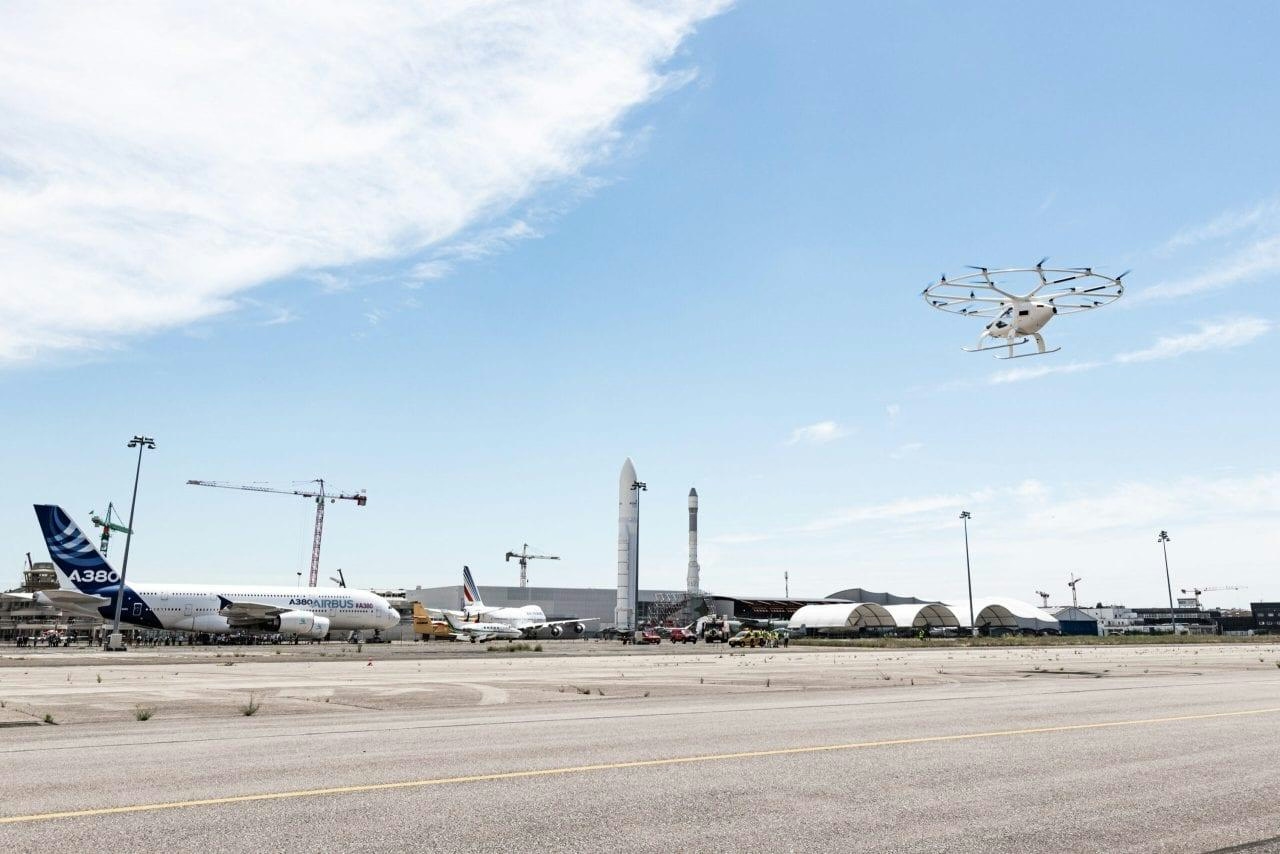
Volocopter to Launch First European eVTOL Sandbox Program in 2026
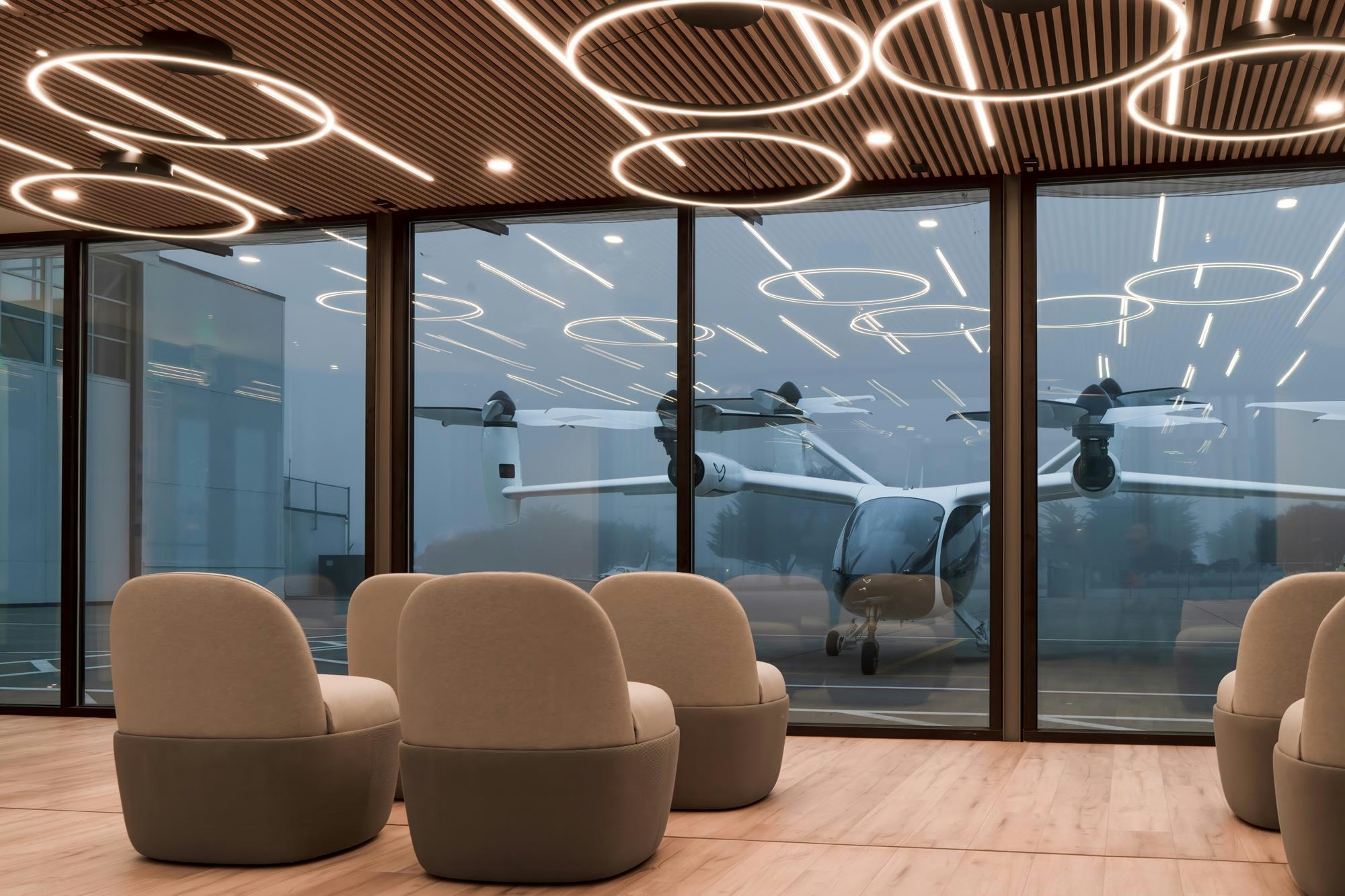
Joby Reveals Locations for New Vertiports

Ariyax Capital Launches AXPT Initiative
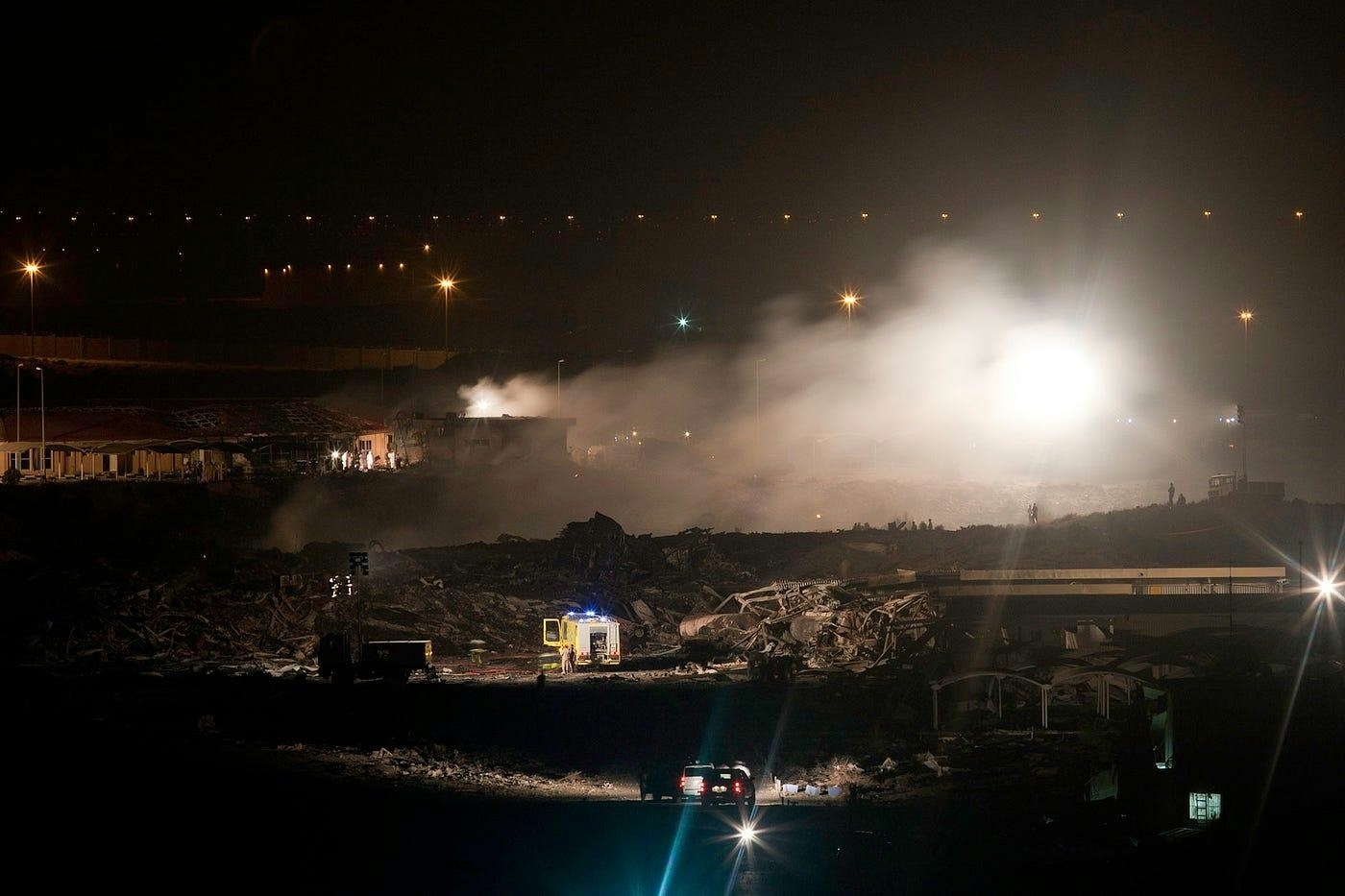
Report: 747 Engine at Full Throttle During Fatal Hong Kong Runway Excursion
